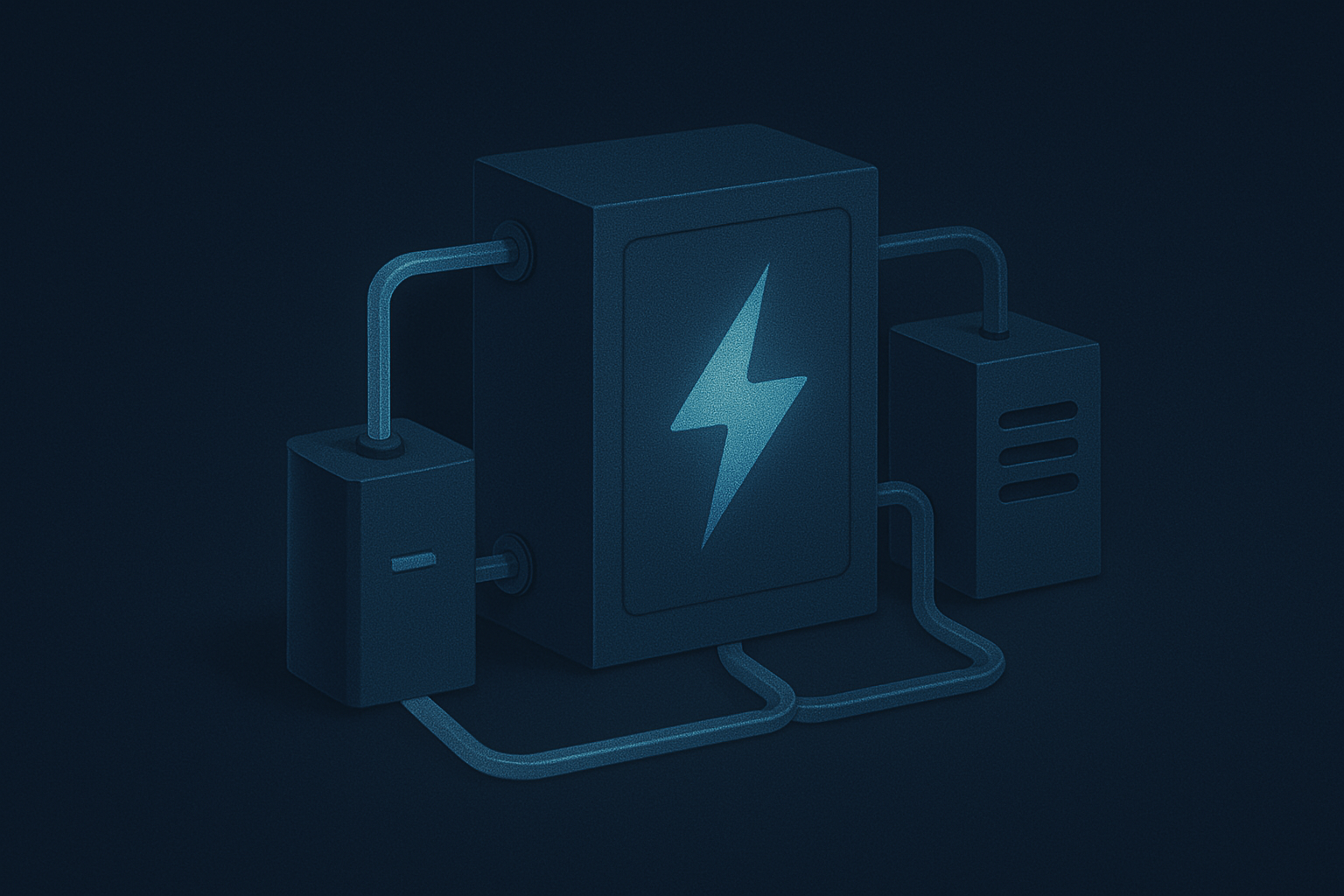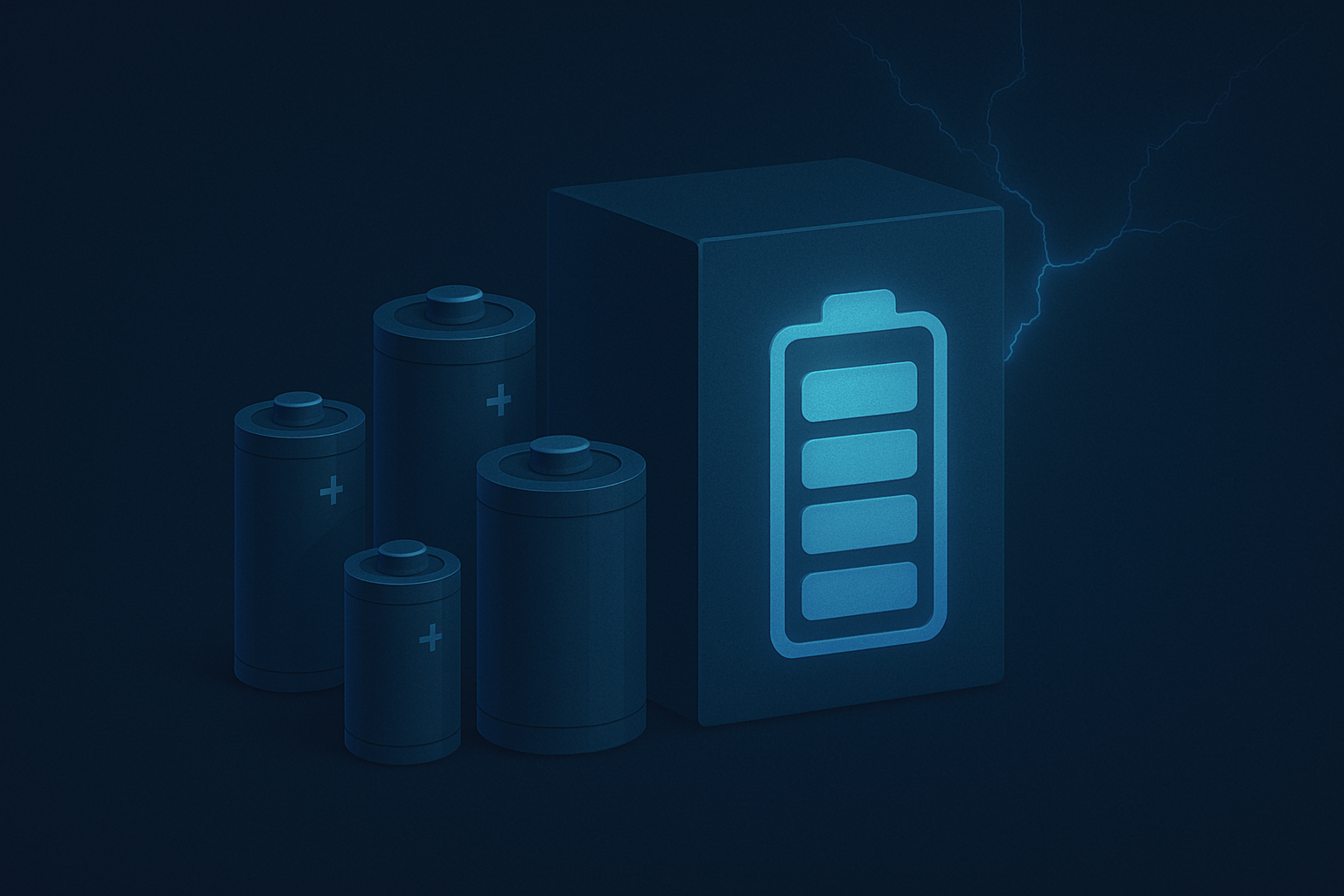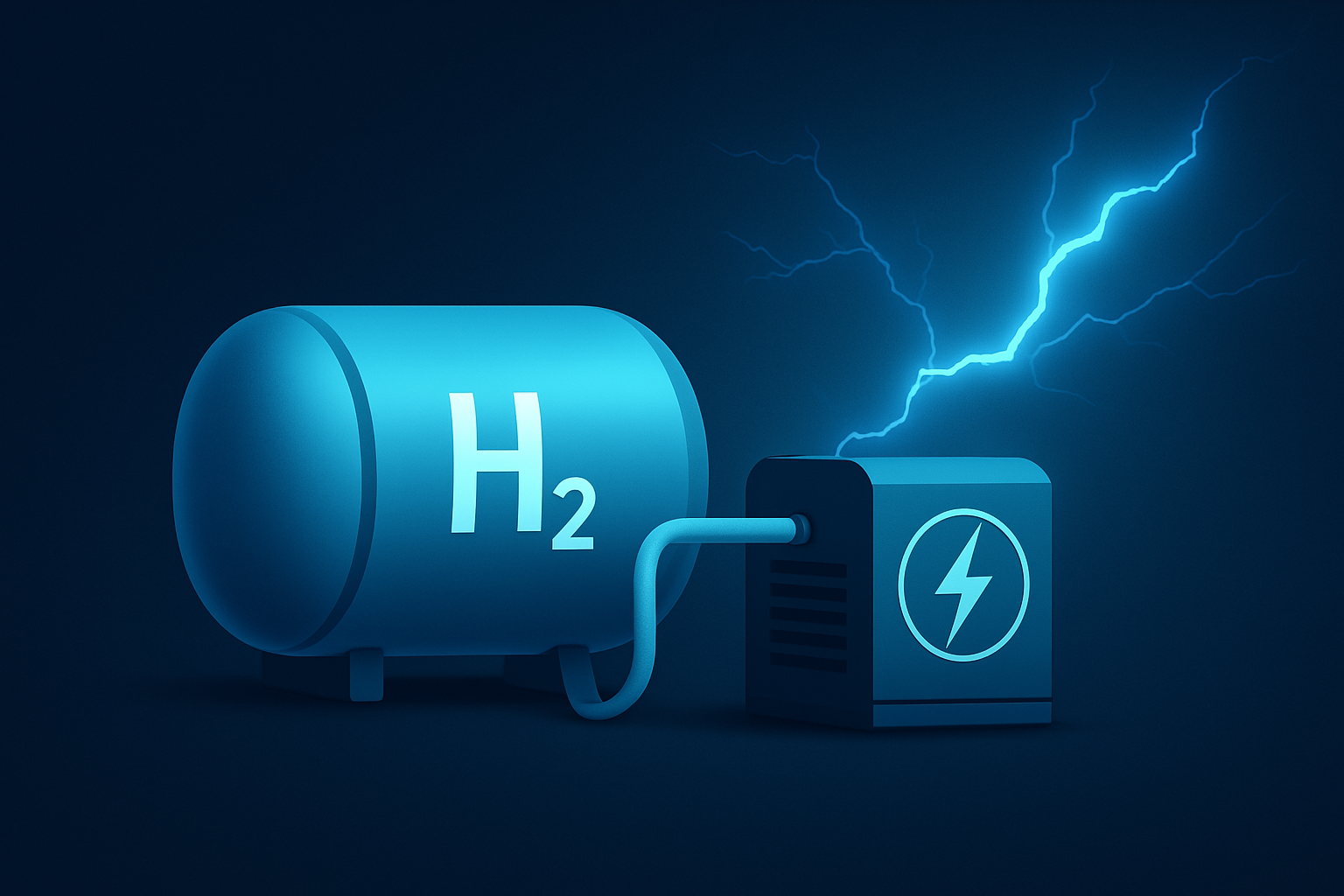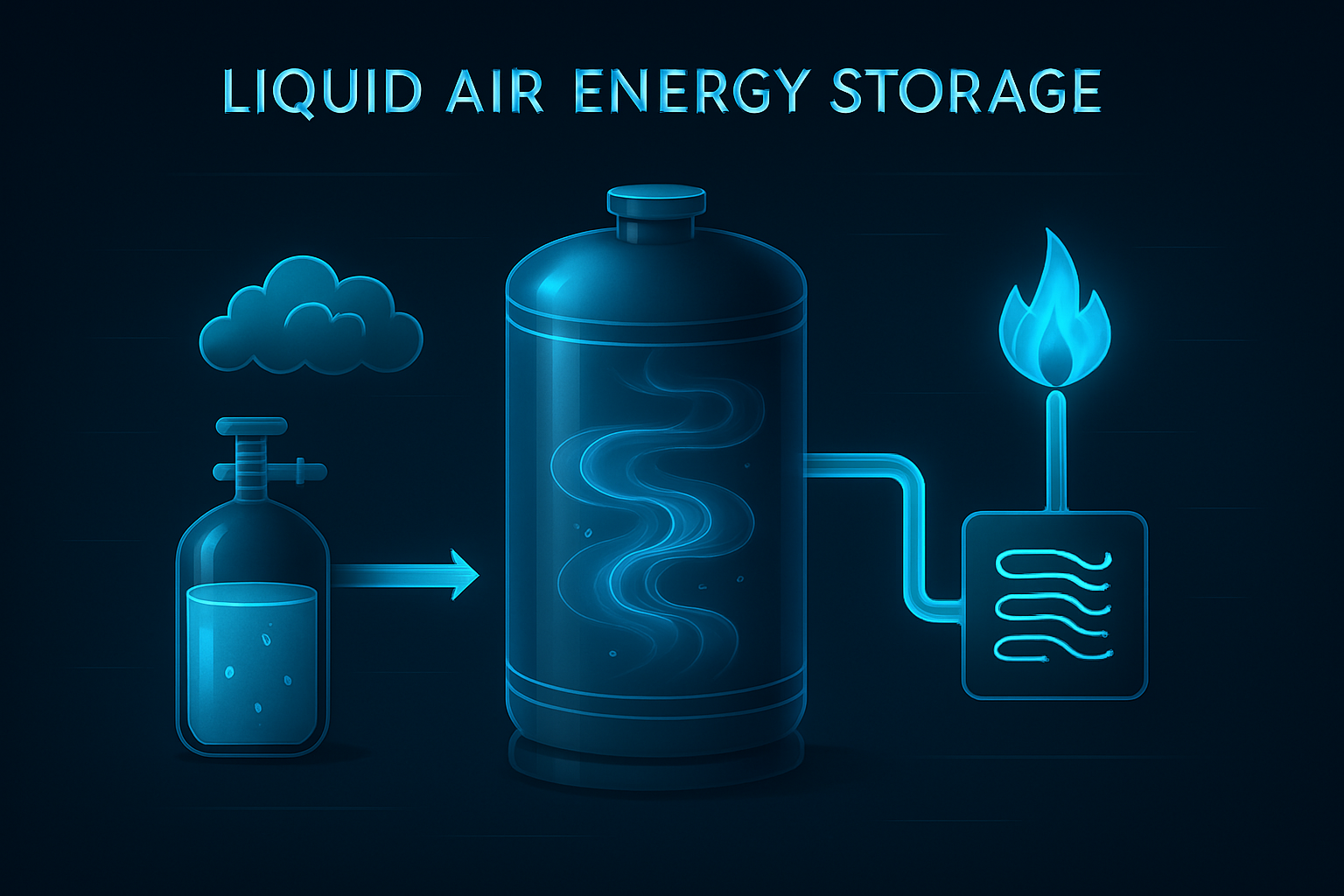
Energy Storage and the Intermittency of Renewables – Why It Matters for Romania and Hungary – Part 3
Romania: Modernizing Infrastructure to Support Renewable Integration
In 2024, Romania added 1.7 GW of new solar capacity, bringing its total installed capacity to nearly 5 GW. This rapid expansion has underscored the need for a more robust and flexible grid infrastructure. The country's existing transmission network faces challenges in accommodating the increasing volume of renewable energy, leading to instances of curtailment where excess energy cannot be utilized effectively.
To address these issues, Romania's national electricity transmission company, Transelectrica, has introduced a draft ordinance aimed at accelerating the development of transmission projects, particularly those financed by European funds. This initiative seeks to classify certain projects as of national importance, streamlining permit approvals and administrative processes.
Furthermore, Romania approved the Energy Storage Law (OUG No. 134/2024) in 2024, eliminating unnecessary taxes on stored energy and facilitating investments in battery systems and long-duration storage technologies. These measures aim to enhance grid stability and support the continued growth of renewable energy sources. Strategic Energy Europe
Collaborative Efforts and Future Outlook
Both Hungary and Romania recognize the importance of regional cooperation in achieving energy security and grid stability. By investing in energy storage, modernizing grid infrastructure, and implementing supportive regulatory frameworks, the two countries are taking proactive steps to ensure that the transition to renewable energy is both sustainable and resilient.
As the renewable energy landscape continues to evolve, ongoing collaboration and innovation will be crucial in addressing the challenges of grid stability and ensuring a reliable energy supply for the future.
To be continued…
News & Events
Read the most recent updates and explore the upcoming events.






